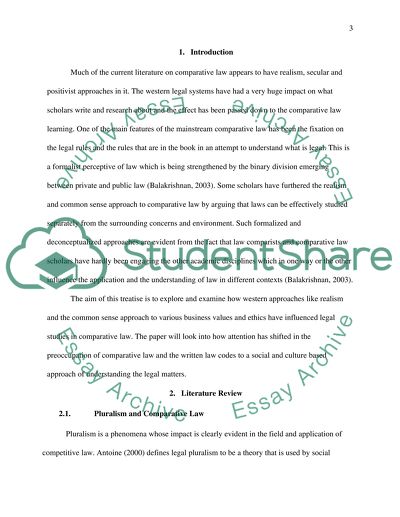Cite this document
(“Comparative Law Essay Example | Topics and Well Written Essays - 2500 words”, n.d.)
Comparative Law Essay Example | Topics and Well Written Essays - 2500 words. Retrieved from https://studentshare.org/law/1688557-comparative-law
Comparative Law Essay Example | Topics and Well Written Essays - 2500 words. Retrieved from https://studentshare.org/law/1688557-comparative-law
(Comparative Law Essay Example | Topics and Well Written Essays - 2500 Words)
Comparative Law Essay Example | Topics and Well Written Essays - 2500 Words. https://studentshare.org/law/1688557-comparative-law.
Comparative Law Essay Example | Topics and Well Written Essays - 2500 Words. https://studentshare.org/law/1688557-comparative-law.
“Comparative Law Essay Example | Topics and Well Written Essays - 2500 Words”, n.d. https://studentshare.org/law/1688557-comparative-law.


